Samyang/Rokinon has entered uncharted waters with the release of the new 50mm and 135mm lenses (read my review of the 50mm f/1.4 here). Previously they have primarily offered budget alternatives to a variety of large aperture primes that typically cost a lot of money. Samyang has carved itself out a niche by offering lenses with no frills but highly competitive optics that have drawn in photographers on a budget and videographers that don’t have a Zeiss kind of budget. Samyang/Rokinon has occupied the opposite end of the spectrum from high end manual focus lens producer Zeiss. The Zeiss option at any given focal length is pretty much guaranteed to be the most expensive, while the Samyang option at any given focal length is typically the cheapest.
And this is why the two newest Samyang lenses are the biggest gambles the company has made thus far. Take, for example, the 50mm f/1.4 that we are currently reviewing. Its introductory retail price is $399 at B&H, which, coincidentally, is the same price that Canon’s own EF 50mm f/1.4 and the original Sigma 50mm f/1.4 (not ART series) and $3 more than the Nikon AF-S 50mm f/1.4G lens. Sure, there are more expensive options like the Sigma ART and even the Zeiss Planar T* 50mm f/1.4. The problem, of course, is that all of these lenses save the Zeiss offer autofocus motors for that price.
Likewise with the 135mm f/2 ED UMC. It retails for $549, which gives it a little more wiggle room than the 50mm. This is a good price for a 135mm lens, as the retail price for the Canon EF 135mm f/2L (a pretty legendary lens) is $1049. This is a higher price than most people have paid for the lens, however, for between discounts and the used market, it would not be difficult to pick up a copy anywhere between $800-900. The 135L, however, is a very deserving member of Canon’s “L” series lenses, with an excellent build, very fast and accurate USM autofocus, and wonderful optics. It is a favorite of many photographers (including myself). The Samyang has to provide some compelling reasons to choose it over the excellent Canon. Nikon’s own AF 135mm f/2D lens is not quite as good as Canon’s and also runs an extra $250 ($1299) at current pricing. Samyang’s price point makes it very competitive, but it’s optics are going to have to prove to be exceptional to make photographers take a second look at it…particularly when it is a manual focus lens. As we will see in this review, Samyang has most definitely made its point with the optics of this lens, but its decision to continue to only make manual focus lenses (with only focus confirm in Nikon F mounts) will still probably prove its undoing with most photographers.
Build and Handling
A lot of lenses pass through my hands every year, and with a few notable exceptions, the difference in build quality for modern lenses varies very little. With the exception of Zeiss lenses and some of the higher end Canon lenses, they are almost universally variations of the engineered plastic around a metal mount and frame theme…as is the case here. Gone are the days when there was a radical difference between “cheap lenses” (typically third party options and Canon’s low end EF-S lenses) and the more premium options. It has been a long time since I have seen a plastic lens mount, and just as long since I have heard a really cheap, buzzy micromotor for autofocus (thank God!!) The physical difference between this new lens from Samyang and my L (luxury!) series 135mm f/2 lens from Canon are minimal. Samyang/Rokinon has even incorporated a “red ring” into its design (though at a different location from Canon’s), so the visual similarities between the lenses is even more pronounced.
The build quality on this lens is really quite nice. It isn’t threatening the Zeiss APO Sonnar T* 2/135 with their build (not even close – that lens is exquisite!), but when I compare the 135mm to my Canon 135L, for example, I can’t say that the build seems noticeably different. They are both made with engineered plastics around a metal mount, and both have a black matte finish with a semi-gloss flecking pattern on it. Speaking of mounts…one of my favorite things about the Korean company’s philosophy is that they take their third party role very seriously. They don’t just focus on the Big 2 (Canon and Nikon), or even the Big 3 (throw Sony in there), but they make their lenses available in a host of native mounts, including: Canon EF, Nikon F, Sony A and E mounts, Fujifilm X, Samsung NX, Pentax K, and even Micro 4/3rds. The effective focal length will change due to the crop factors of some of those mounts, but bravo to Samyang for developing for all of these mounts (8 of them, by my count!) What a service to photographers everywhere to bring us more choices in the mounts we prefer. On top of that, they also have a cine version of the lens with geared focus and aperture rings and a declicked aperture ring.
If you would like to take an interactive look at the build, watch the first four minutes of this video:https://www.youtube.com/watch?v=wiNfFmCEMts&feature=youtu.be
The focus ring on the 135mm is fairly wide (about two inches), and has a ribbed, rubberized feel, but I find the damping a little heavy. I have been shooting in colder temperatures, but even indoors the resistance feels too much. You certainly will not be doing any “finger focusing” like you could with, say, the Zeiss Otus 85! There was also a very specific point between the 10-15 feet mark on the focus ring where I could feel some additional friction that cause a minor “sticking point”. Since I have not tested more than one copy, I can’t say if this is the rule or if this lens is an aberration in that regard (I suspect the latter). I once returned a Rokinon lens that I knew to be off the standard (I used three copies between review and ownership). The initial response from the company was that they had tested it and found it to be “within spec” (though I knew this to not be true). I persisted, and they replaced it, and the second copy was just like the original lens that I had reviewed, which is to say, perfect! I share this anecdote to acknowledge that my experience with the 135mm may not be rule. This lens has a comfortingly dense feel to it that makes one feel that it is fairly well made and has some serious glass in it. And that it does!
The Samyang 135mm f/2 ED UMC has 11 elements in 7 groups, including one extra low-dispersion element. It also brags about its coatings. Samyang’s engineers have done a fabulous job here, as this lens is an optical revelation…particularly at its price point (more on that later). The aperture has nine curved blades and stays nicely round even when stopped down considerably. It has a range between f/2 and f/22. The front filter thread is 77mm, and while the lens is internally focusing, having that extra seal by adding a front filter to keep dust and moisture out is never a bad idea. There is no weather sealing claims on this lens, although I have noted before that there is also little to be damaged by weather here because of the complete lack of electronics in the lens.
Samyang should be commended here, because unlike Canon, it includes both a lens hood and a drawstring bag for protecting the lenses even though these are budget options. I cannot understand why Canon persists in not including lens hoods with its non-L-series lenses. The lens hood surely only costs a few dollars to manufacture, and I can’t help but believe that the goodwill that would be generated by a change in this policy would pay dividends for them. Nonetheless, the fact that Samyang manages to do this while producing budget options is clear evidence that it can be done. Kudos to them! It give you a good feeling to have these accessories included. I particularly value getting a lens hood as I tend to use them religiously. I actually prefer the hood from the Samyang to my Canon L lens because the 135L’s is both oversized in my opinion and flares considerably, which means when it is reversed on the lens for storage it requires quite a bit of extra width in the bag. The Samyang’s hood is more appropriately sized, and takes up far less room when reversed for storage. The Samyang is actually 11mm longer than the Canon, but when the hoods are attached the Canon becomes the longer of the lenses by far. The hood itself is fairly cheap feeling plastic with some flocking inside to prevent stray light from bouncing around in there. It is effective. The lens is made in Korea. My only real reservation with the build of the lens is the issue I detailed above with the focus ring, and my hope is that A) this is copy specific and B) once the lens is broken in that issue would go away. Just keep an eye on your own copy should you purchase.
One final word before we move on: I get that Samyang/Rokinon has made its reputation as a manual lens manufacturer. I’ve favorably reviewed a number of them, and, in fact, own a couple myself. But their decision to not include the most basic of electronics puzzles me for a number of reasons. You don’t realize how much the focus confirmation chip in Zeiss lenses (which are generally very well calibrated) makes a difference in focus accuracy. I do feel that Samyang/Rokinon is doing its customers a disservice by not incorporating this into their design. They typically charge a little more for the Nikon mounts with the AE chip (although for some reason the 135mm is the same price in all mounts). But the 135mm is a very hard lens to nail focus with. Depth of field is typically very, very small at maximum aperture with the 135mm. It is supremely sharp (like, epically sharp! I doubt that the Zeiss APO Sonnar T* 2/135 has much on this) when the focus is nailed, but even though I have a lot of experience with manual focus lenses I still found that I missed a LOT of shots. Live View focus with the 10x zoom obviously helps to nail focus, but Live View focus is never a quick exercise. There are only so many situations where you have an opportunity to spend that much time in focus. The relatively simple addition of a chip on the mount with focus confirm would really help make their lenses at least seem more accessible, and my experience says they can make a big difference on a lens like this. I missed a number of shots with the Zeiss 2/135, too, but far fewer than I did with the Samyang.
No electronics here!
The second big reason I think that Samyang is missing out by not including an electronic connection is that they are missing out on a lot of branding. Many file sharing sites (like Flickr and 500px) incorporate the EXIF data in some minor way into their photo sharing. In most photos you can see both the camera used along with the lens and the ISO, aperture value, and shutter speed information. A great looking shot that says “Samyang 135mm f/2 ED UMC” on it is one of the best advertisements that a company could have. I would think that alone would be worth the $15 it might cost the company to incorporate the chip. As a photographer I use that information to sort photos and draw my own conclusions. I MISS that EXIF data!
If I were to own this lens I would certainly make the minor investment of money and a little investment of effort to purchase a “Dandelion” focus confirm chip off of Ebay that would also allow me to set up some rudimentary EXIF data (even if that date would frequently be incorrect due to using different settings than what were programmed into the chip). Between that and the EG-S focus screen experience tells me that I could produce fairly consistent focus results. The focus confirm chip has to be glued into the appropriate spot on the mount, and I have previously done it on another Rokinon lens with relatively minimal effort.
If there is a silver lining here it is that I have found with every manual focus lens that my focus success rate increases with familiarity. It’s as if you have to learn the unique personality of the lens, and, when you do, you better learn how to use it. I did quite well at close to medium range with the Samyang 135mm. At this range I find it much easier to visually confirm focus due to the EG-S super precision matte focus screen in my EOS 6D camera (if you are going to shoot manual focus lenses, get the 6D! It allows for changing the focus screen and has amazing image quality. The more complex AF system of the 5DIII is wasted on manual focus lenses.). My accuracy at longer distance (20 feet or more) went drastically down, particularly in a portrait setting. Infinity shooting or when the lens is stopped down is a completely different story, but at 30 feet the depth of field wide open (f/2) is only about 21 inches – still a lot of margin for error when it is tough to visually confirm focus.
Portrait Observations
One of the primary uses of both of these prime lenses will be as portrait lenses. I did a couple of sessions today where I exclusively used three manual focus lenses: the Rokinon 50mm, the Samyang 135mm, and a Zeiss Distagon T* 2.8/21mm. One minor challenge in this setting is that no EXIF data is communicated to the camera body (no electronics at all), so some of the advanced ETTL flash settings (like focal length and even aperture) are not going to be communicated to the flash. I entered these values manually, and away we went. I love shooting the 135mm focal length from a distance to create very shallow depth of field full length, environmental portraits with the great compression that the focal length provides. The Samyang proved a bit of a challenge for this type of shot, however, as there is not only no AF but also no focus confirm. I was using a Canon 6D with the EG-S focus screen installed. That does make visually achieving focus easier, but that advantage diminishes somewhat with the kind of working distance I was at (30-50 feet). I was not particularly happy with the focus accuracy I achieved here. Let me note here that part of that is due to unfamiliarity with the lens itself. I find there is a adjustment period with most manual lenses where it takes a while to get a feel for focusing. Each lens seems to have its own personality, and I find that my focus accuracy improves with familiarity.
Despite every shot not being perfectly focused, however, I was really happy with the overall look and feel of the session. The lens has great personality, with awesome looking bokeh and excellent overall drawing. Color rendition is beautiful. When focus is nailed, the lens is exquisitely sharp. But therein lies the rub; that excellent sharpness is frequently wasted by the simple truth that modern cameras are not particularly attuned to the unique needs of manual focus lenses. Don’t plan on every one of your shots having nailed focus. I do think that practice does make perfect with manual focus lenses, and if you do purchase one of these lenses (or any other manual focus lens) don’t give up too quickly. Good manual focus is an art form. The good news is that due to the great overall resolution and contrast of the lens images have a very nice 3 dimensional effect that is similar rather focus is nailed or not. Even my missed photos look great unless viewed at a pixel level. I think in most cases my clients would actually be very happy with the images that I’m personally disappointed with because I am a pixel peeper.
The 50mm f/1.4 is not as sharp as the 135mm. Not even stopped down to f/2. But, like the 135mm, I got a number of results that I am very pleased with. My focus accuracy was actually a bit higher, primarily because I shortened my working distance to a more moderate 10-15 feet for most shots. The EG-S focus screen makes focusing at that kind of distance much easier, and the depth of field of 50mm (I shot mostly at f/2 on the 50mm) is slightly more forgiving of near misses. There is some chromatic aberrations that are quite apparent on the lens, and missed shots really show that bokeh fringing. I would place the optical performance of the lens fairly close to that of the Sigma EX 50mm f/1.4 (non ART). It may be a little bit sharper, but the overall look of the images is reminiscent. Bokeh is quite nice from the lens, and the drawing is overall very good. Read my review of that lens to see more.
The easiest lens to focus was the Zeiss (my review of it will be coming next week). I had no misses with it. But, it had a number of advantages. First of all, it is built to specifications several orders of magnitude higher. It costs more than five times as much as the 50mm, and about 3 ½ times as much as the 135mm. It had the advantage of a smaller aperture (f/2.8 is mostly where I shot it), a much wider focal length (depth of field much deeper) and also the advantage of a focus confirm chip that seems quite accurate. A big plus for the far cheaper primes is that the overall look of the series is fairly similar, so I give them a thumb’s up for their color accuracy.
One other serious plus for portrait use comes for when you want to do tightly framed headshots. One of my favorite portrait lenses is the Tamron SP 70-200mm f/2.8 Di VC USD. It’s seriously great in a number of ways, but its single greatest downfall is a mediocre minimum focus distance and poor maximum magnification. Close headshots aren’t its strength. This Samyang can get seriously close, though, down to 2.6 feet (80cm). That is a good 11cm closer than the Canon 135L, which was already appreciated for its nice minimum focus. This uncropped photo of my cat shows just how close you can get.
There are going to be very few situations that you want to get closer than that, and, as an added bonus, the lens seems to have great resolution at minimum focus. An additional bonus is that by adding extension tubes you can very quickly have a nice macro lens with a great working distance. Most of us do macro using manual focus anyway!
I used the lens in a number of other portrait settings, both of people and of a dog. At a lot of typical portrait lengths (12 feet and closer), the focus accuracy was reasonably good but only occasionally perfect. That gave me some concern, as I am a very experienced manual focus shooter. As per usual, however, my focus accuracy improved throughout the review period. Familiarity makes a huge difference when using a manual focus lens. This is a gorgeous portrait lens, however, with very flattering drawing, beautiful bokeh, and very nice transition from focus to defocus. The sharpest lenses of this type that I have used have been the Zeiss APO Sonnar T* 2/135mm and the Zeiss Otus 1.4/85mm (now that is an amazing lens!!), and I would say that this Samyang is only behind them in terms of absolute image quality from a portrait prime – and that is really, really high praise! The 135mm focal length is very flattering for portraits, and allows you to blow out backgrounds completely at close to medium range (and with a large aperture choice) but even at a longer distance to still create a lot of separation between your subject and the background. It produces a “cut-out” three dimensional effect that few lenses can rival. Here are some portrait samples:
Optical Conclusions
There is absolutely no hesitation on my part when it comes to the optical performance of the new Samyang 135mm f/2 ED UMC; it is an amazing optical instrument. I knew as soon as I began to use the lens and review the images that the optics exceeded those of my beloved Canon EF 135L. In fact, I suspect the sharpness and contrast of the optics of this new Samyang are closer to that of the amazing Zeiss APO Sonnar T* 2/135mm I reviewed last year. The Canon 135L is an amazing lens, and it also has autofocus, but both the Zeiss and this new Samyang make it clear that its optical performance has been easily eclipsed (it was released in 1996 – almost 20 years ago!). I did a simple test of a bookshelf with paperback books with a lot of texture information. This was shot wide open, f/2, mirror lockup and a 2nd second delay to eliminate vibration. I put the camera in AV mode to eliminate the Live View metering issue that I will detail below, then used 10x focus. My point of focus was the “In Canada $5.50” under Historical Novel on the “Lord of the Nile” book. Here are my observations:
The difference in contrast is immediately noticeable. The text from the 135L appears to be a dark blue/purple due to both a lack of contrast and some chromatic aberrations. The text from the Samyang is inky black and the text is much crisper.
All textures are rendered with far more detail in the Samyang image. Texture detail from corner to corner is very good in the Samyang.
The Canon frames tighter than the Samyang. At this relatively close distance (6 feet), the Samyang is clearly not a true 135mm. I’m sure at infinity it is. Many modern lenses exhibit this phenomena where they “focus breathe” due to floating elements. The upside is this creates both the ability to focus more closely (it can focus down to only 2.6’/.8m) and enables better results at or near minimum focus. The specs do have the Canon framing at 18 degrees vs. 18.8 for the Samyang, so they aren’t exact. The Samyang has slightly better maximum magnification, however, due to being able to focus more closely.
Before reading my conclusions, take a look at this screen captures from the comparison and make some judgment calls for yourself:
One test note: the sharp eyed among you will notice that the two lenses did not meter the same in this comparison. I had the camera in AV mode as it meters the best in AV for lenses without electronic coupling to the lens. The Canon exposed at 1/125th second vs. 1/50th second, or roughly a stop difference. When trying to equalize the histograms I discovered it took roughly 1/2 stop. At 2/3rds stop the center of the image is brighter from the Canon but the edges are bit dimmer (the Canon vignettes more). It’s hard to draw conclusions based on one test, particularly one where I wasn’t specifically looking for that issue, but if I were to draw a conclusion it would be that the overall light transmission is a bit better on the Canon but at the price of much heavier vignetting. I would be very surprised if DXO tests this lens and finds the light transmission much worse than the nearly 20 year old Canon, though. All things considered, however, it is probably better not to draw any conclusions from these numbers. Leave that for DXO.
My results from this comparison definitely reconcile with my field observations. The Samyang 135mm f/2 is optically superior to my beloved 135L is every way. It exhibits better sharpness and resolution, much better contrast at wide apertures, and less chromatic aberrations. The bokeh looks just as good. Time and again I was very impressed when I zoomed into a pixel level and saw stunningly good resolution. I didn’t really notice any optical flaws here. I was able to induce just a bit of flare and ghosting when shooting with the sun right in the frame, but it was better controlled than many large aperture primes. What flare that I did produce seemed to have a lot of artist value to me, and unlike a wide angle lens, I do actually like some flare effect in a portrait lens.
I was even able to get a very cool shot of a dog diving into a frigid pond full of ice by watching its pattern and doing predictive focus. You can shoot action with a manual focus lens…but you really have to plan in advance.
The bokeh and drawing from the lens is really quite lovely. It has a great transition to defocus, and the out of focus area is beautifully creamy. I didn’t find anything that disturbed me at all about the bokeh – this lens was able to hit that great balance between sharpness and yet excellent drawing and bokeh. In that sense I personally feel it has the upper hand when compared to the recent Sigma ART offerings that have been a bit better in the sharpness region than they have in the defocused areas. It is no small feat to pull off what Samyang has done with the optics of this lens. Take a look at the image galleries here to see many more examples.
That’s all good…but not all is well.
You have to get it focused, first.
Conclusions
If you want to take a closer look at the image quality of this lens, I would recommend taking the time to watch the video, particularly about five minutes in where I look at the optics in an interactive fashion.
Between these two new primes from Samyang/Rokinon (135mm and 50mm) one could have an excellent portrait lens kit for less than a thousand dollars. As long as one nailed focus, I doubt anyone would be able to tell that you weren’t shooting with a Canon 135L and a Canon 50L – the drawing from both of these lenses is that good. The challenge, of course, is getting them focused accurately. The Samyang 135mm f/2 ED UMC is easily worth the $549 due to its exceptional optics, but the early reaction that I’ve witnessed from photographic forums has been rather, “meh”. I think both of these lenses are going to have earn their way into photographer’s bags upon the merit of their optical performance. The reality is that a 135mm f/2 lens is not an easy lens to manually focus. Some of the bodies that are supported by this lens have much better manual focus aids than what Canon and Nikon offer, so this may be a different proposition for some of you. I personally miss an image stabilizer on the Canon 135L, and as a result I often reach for a 70-200mm f/2.8 lens instead. Adding the challenge of needing to manually focus without having a stabilizer makes things even a bit tougher. I would be happy to own this lens – no question. The question is whether or not I would choose it over a lens like the Canon 135mm f/2L despite the fact that that the Samyang beats the pants off it optically. As an owner of the 135L, I can’t say that I am personally compelled to make that switch. But if you are in the market for a 135mm f/2 lens and want both better optics and a cheaper price, this lens is worth a very long look. It has the ability to produce images that are amongst the finest possible with this focal length. And that is always intriguing!
Pros
- Amazing optical performance
- Exceptional contrast
- Beautiful bokeh and drawing
- Excellent minimum focus distance and maximum magnification
- Very reasonable price
- Good long focus throw for precise focusing
- Nice overall build
- Includes hood and pouch
Cons
- No autofocus or focus confirm (save on Nikon F mount)
- Challenging to focus
- No EXIF data chip
- No image stabilizer
- No weather sealing
- Focus weight/resistance is heavy
Review Notes: I reviewed an early retail copy of the lens provided for review from B&H Photo in New York. Purchasing your gear through them (and through my linkage) is what funds this site and enables me to keep bringing you reviews. Thank you for using them when you purchase!
Gear Used:
Canon EOS 6D DSLR Camera (Body Only)
Samyang 135mm f/2 ED UMC
Canon EF 135mm f/2L USM
Adobe Photoshop Lightroom 5 Software for Mac and Windows (Boxed Version)
Adobe Photoshop Creative Cloud 1-Year Subscription
Alien Skin Exposure 7 (Use code “dustinabbott” to get 10% off)
Purchasing your gear through B&H and these links helps fund this website and keeps the articles coming. Thank you for your support.
Great News! I can now offer a 5% discount on all purchases at Amplis Foto, Canada’s Leading Photographic Supplier. Please enter discount code: AMPLIS52014 in your cart. It is good for everything in your cart, and is stackable with other coupons, too! It will take 5% off your entire order! Proceeds go towards keeping this site going and providing you with new reviews!
Error: Contact form not found.

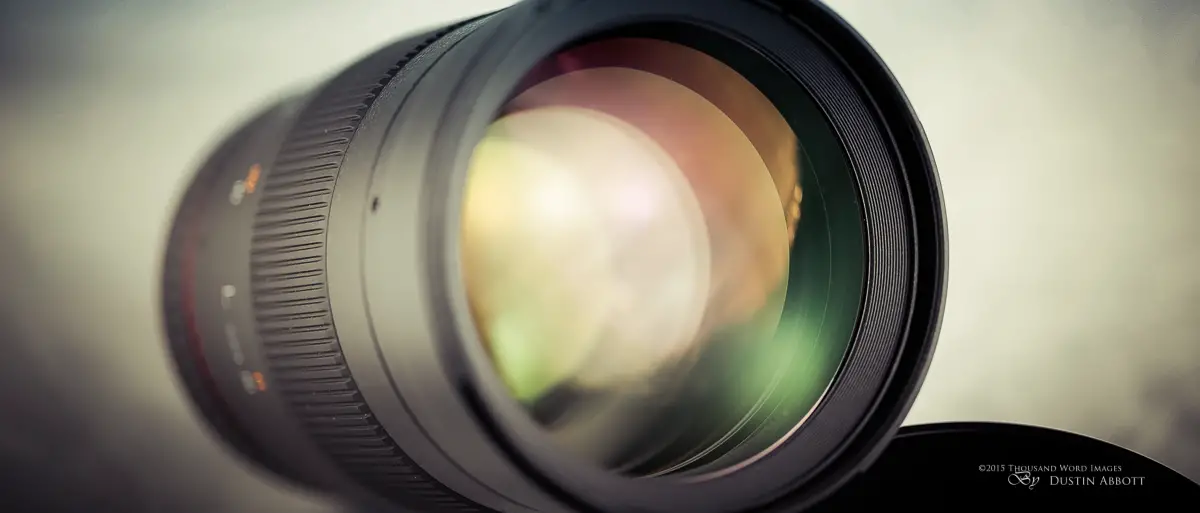


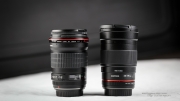
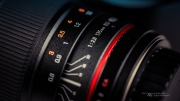
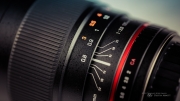

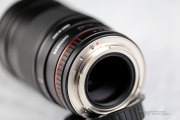

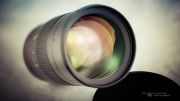


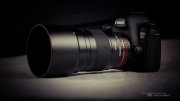

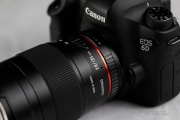
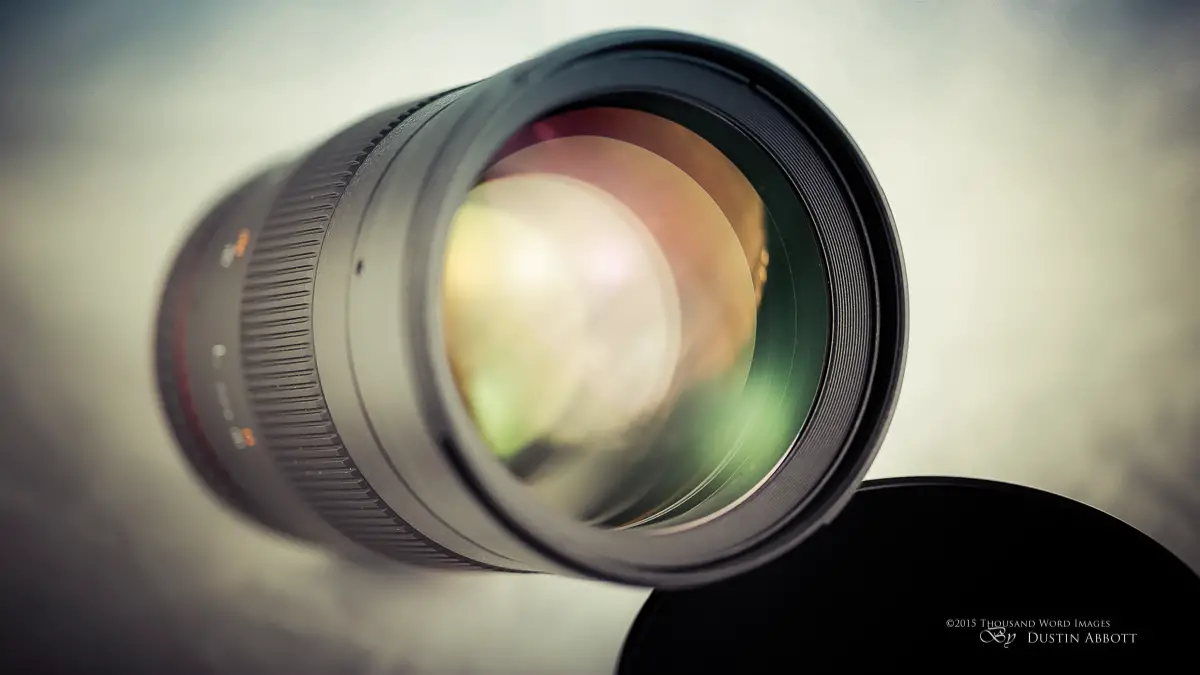
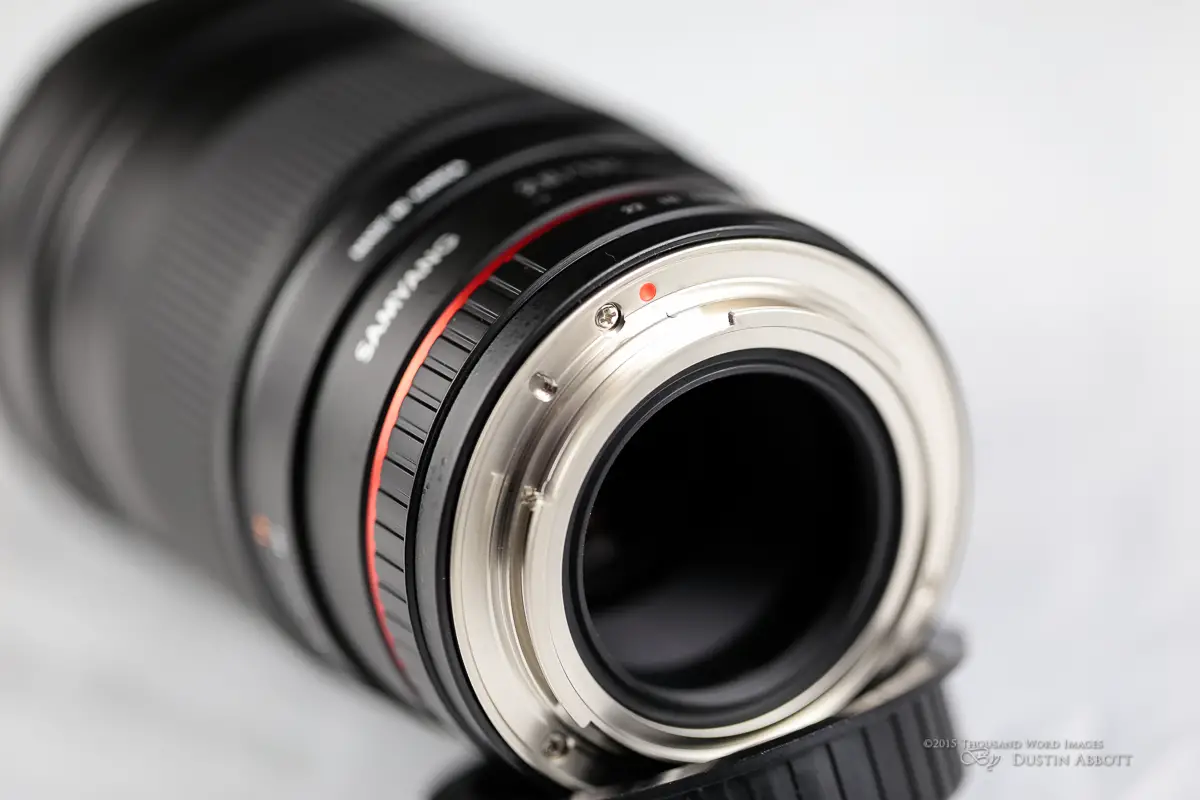
























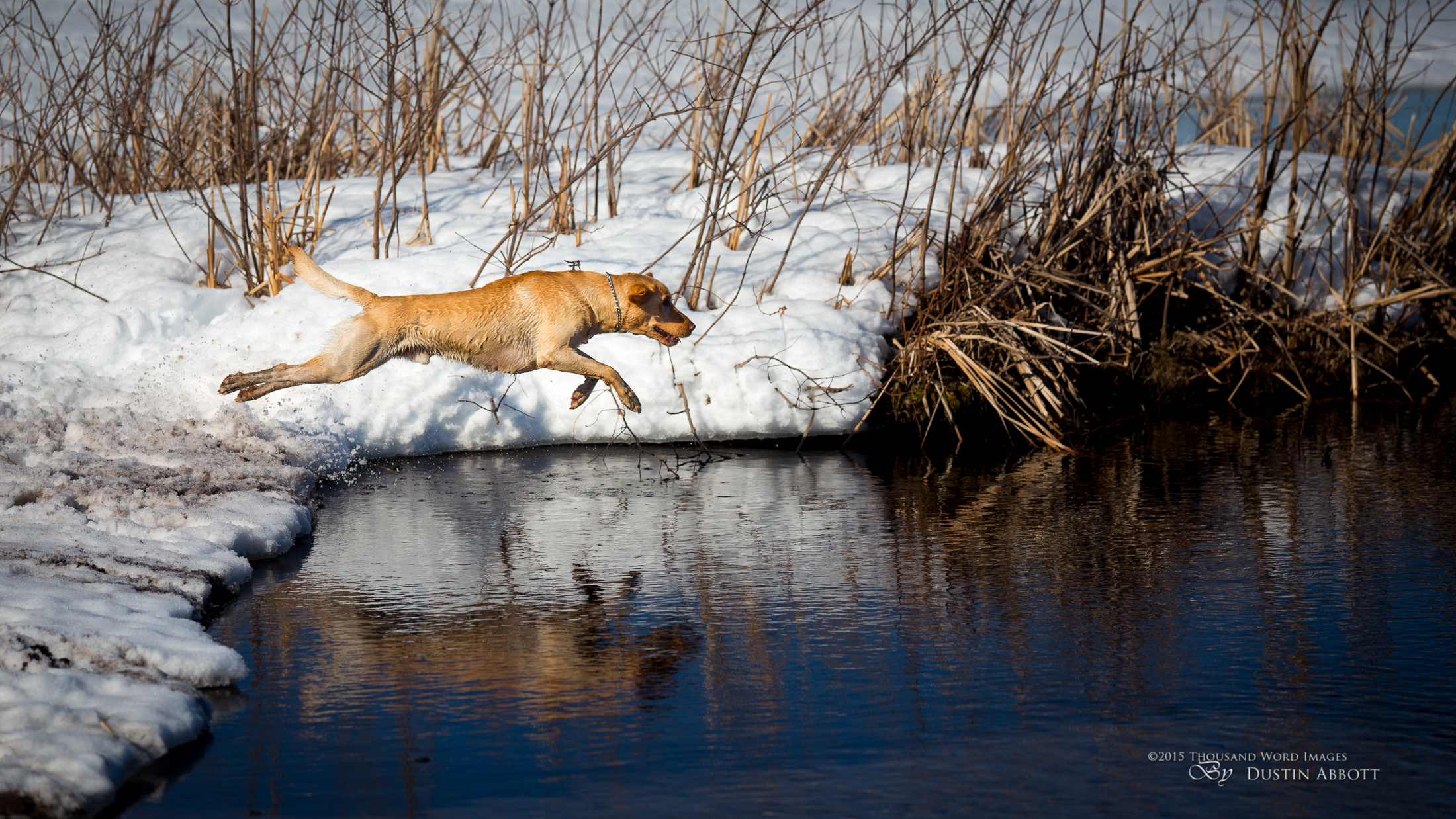



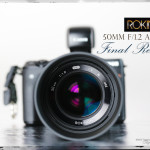





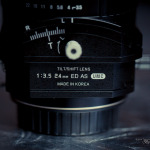
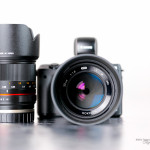

I wonder if this lens will be a no-brainer in the Sony A mount, like the A77mkII with it's in camera image stabilization and focus peaking feature?
That would be very tempting. To get a stabilizer and good focus aids would help a TON!
Hoi Dustin ever tried the sigma 150 2.8 dgwithout os?
Close focus1
Bokeh great
It does have an af (not so great)
have fun keep up the good work!
Jan
Jan, I haven’t yet. There are so many new lenses being released that I often don’t have time to fit in reviewing some of the older ones.
The Samyang range makes a lot of sense for the small but merry band of Sony a99 users still out there. Big enough camera to use these fairly large lenses comfortably, internal IS and most importantly some lovely manual focusing aids right there in the viewfinder.
The Zeiss 135mm 1.8 is perhaps the greatest (and rarely mentioned) 135 out there, would love to know how it compares to this.
I think your opening statement explains why there aren’t more reviews of the Sony/Zeiss 135mm f/1.8. Most of us who do reviews are locked into either the Canon or Nikon ecosystems. I am very tempted by the A7RII, though.
Hi
Excellent review.
I have a chance to get a used 135L for about $750 (1 year old). The alternative is to get the samyang.
I already have some manual lenses and I use magic lantern with focus peaking for the focusing, and I ordered a dandelion chip (G4).
So, I'm not afraid of manual focus, but the question is – what would you recommend?
I have the 85 1.8 from canon so fast focus is covered (by that and the 70-200 f4 IS).
Thanks
Jacob
That’s a tough call. I’d think I’d go with the Canon at that price. It is still an amazing lens and will put your 85 to shame. You will definitely keep your value at that price, and I don’t know that you would be able to tell the difference (much) in the image quality.
Hi Dustin,
From a practical use perspective, how would you compare this lens to the 135mm f2 Zeiss. Especially in the background blur and longitudinal CA department?
Was there a noticeable color shift?
Even though they have similar parameters, is the Zeiss easier to focus?
Please justify my future Zeiss purchase I guess or change my mind into buying the Samyang 🙂
Nathan, if you can afford the Zeiss, don’t hesitate. It is a superlative lens, and the focus is definitely easier on the Zeiss due to both better mechanics and AF confirm. It is one of the finest optical instruments out there, period.
Thanks for the great review – manual focus is something I’ve shied away from for, well forever – but for this lens after your review (and trying manual focus on my Nikon with a 70-200) I may well give it a whirl.
I used to have a 135L back when I was with Canon and it really was a great lens – so much so that even after I’d moved on I still had it just in case Nikon and I didn’t agree with each other… Well several years later and I just have to get a 135 again and I hope I’ve come along enough to try manual, well its not like they didn’t work perfectly well before both my time 🙂 and before autofocus came along.
Best of luck to you. No concerns about being disappointed with the optics, so as long as the focus process works for you, you are golden!
Just wanted to thank you for what is a well written, thoroughly professional review that IMO is one of the best reviews I have ever read. Very informative. I just purchased one of these for a Nikon D600 which has decent manual focusing ability. I am also looking to buy a Samyang 35 as well which may be the only two lenses I use on this camera as I use a Sony RX10 for my “capture the moment” tool of choice. I see the Samyang lenses as the most affordable “creative choice” short of the Zeiss. I also like the Sigma Art series. Anyway, keep up the good work and good luck in your business.
DW
Doug, glad I was able to help out!
Hi Dustin,
Thank you for a great review. I have just ordered this lens from Amazon to use on my A7rii so I’m very excited to see how it performs. I have been using the Sony 135 1.8 lens with the LA-EA3(4?) adapter but I’m having more success achieving accurate focus with manual so I’m going to swap to the Samyang to save some pennies for the Sony Zeiss 35 1.4 lens.
Thanks again,
Phil.
Phil, sounds like a plan. If you can successfully MF the lens, it is incredible optical bang for the buck!